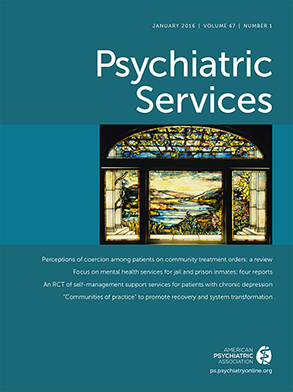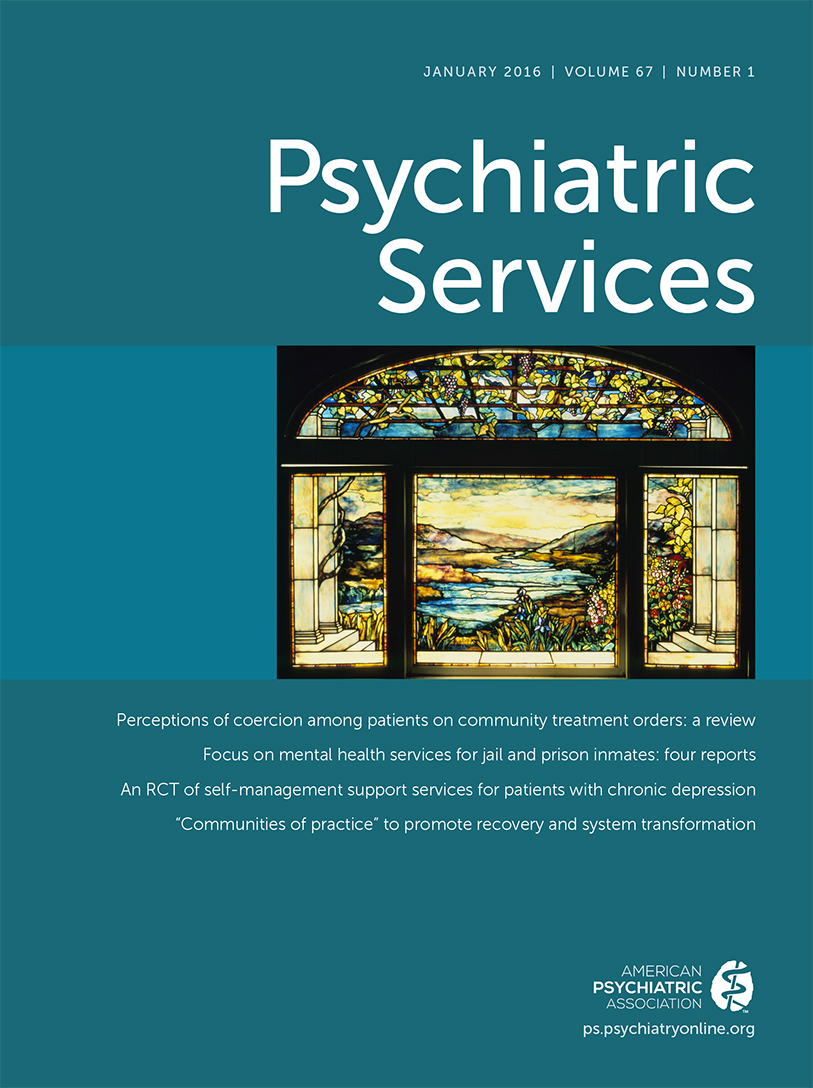SAMHSA report on effects of Medicaid expansion on uninsured: In annual national surveys, the Substance Abuse and Mental Health Services Administration (SAMHSA) determines the prevalence of behavioral disorders (any mental illness or substance use disorder). Data from SAMHSA’s 2009–2013 National Survey on Drug Use and Health (NSDUH) were analyzed to predict the effects of Medicaid expansion under the Affordable Care Act (ACA), which was implemented in 2014. As of April 2015, a total of 29 states, including the District of Columbia, were participating in the Medicaid expansion, six were undecided, and 16 were not participating. According to NSDUH data, approximately 10.9 million uninsured adults ages 18 to 64 had a behavioral disorder in 2013. Of these, about half (48.3% or 5.3 million) were eligible for Medicaid expansion coverage because of their low incomes. Of these 5.3 million adults, about half (50.8%) lived in a Medicaid expansion state, 33.9% lived in a nonexpansion state, and 15.3% lived in an undecided state. The authors conducted separate analyses for any mental illness and for substance use disorders. An estimated 7.9 million uninsured adults had any mental illness in 2013. Of these, about half (48.9% or 3.8 million) were income-eligible for Medicaid expansion coverage. Of these 3.8 million adults, about half (50.3%) lived in an expansion state, 33.5% lived in a nonexpansion state, and 16.2% lived in an undecided state. An estimated 5.1 million uninsured adults had a substance use disorder in 2013. Of these, nearly half (46.9% or 2.4 million) were income-eligible for Medicaid expansion coverage. Of these 2.4 million adults, about half (52.3%) lived in an expansion state, 34.1% lived in a nonexpansion state, and 13.6% lived in an undecided state. The SAMHSA report concludes that half (49.2%) of uninsured individuals who were income-eligible for Medicaid expansion on the eve of ACA implementation are unlikely to have access to insurance because of their state’s decision not to expand Medicaid.
State Participation in the Medicaid Expansion Provision of the Affordable Care Act is available on the SAMHSA Web site (
www.samhsa.gov/data/sites/default/files/report_2073/ShortReport-2073.pdf).
SAMHSA pocket guide on medications for alcohol use disorder: Medications are underused in the treatment of alcohol use disorder. According to the NSDUH, of the estimated 17.6 million people who needed treatment for an alcohol use problem in 2014, only 1.6 million (9%) received any type of specialty treatment (excluding mutual-help groups). A pocket guide created by SAMHSA and the National Institute on Alcohol Abuse and Alcoholism excerpts information from a 35-page guide
Medication for the Treatment of Alcohol Use Disorder (store.samhsa.gov/product/Medication-for-the-Treatment-of-Alcohol-Use-Disorder-A-Brief-Guide/SMA15-4907). The pocket guide includes a checklist for prescribing medication, a table presenting key information on approved medications (disulfiram, naltrexone oral and extended-release injectable formulations, and acamprosate delayed-release tablets), and a graphic showing standard drink amounts and recommended limits for men and women.
Medication for the Treatment of Alcohol Use Disorder: Pocket Guide is available on the SAMHSA Web site (
store.samhsa.gov/product/SMA15-4907POCKETGUID?WT.mc_id=EB_20151102_PocketGuide).
ASAM practice guideline on treating opioid use disorder: The American Society of Addiction Medicine (ASAM) has released the first practice guideline on evidence-based treatment of opioid use disorder that addresses all FDA-approved medications—methadone, buprenorphine, naltrexone, and naloxone—in a single document. The “RAND/UCLA Appropriateness Method” (RAM), which combines scientific evidence with clinical knowledge, was used to develop recommendations. Because evidence from clinical trials lags behind practice for the treatment of opioid use disorder, RAM allowed ASAM to develop a valid set of recommendations. The guideline makes recommendations on the clinical assessment and diagnosis of opioid use disorder; how to choose among treatment options for a given patient; treatment of opioid withdrawal; use of methadone, buprenorphine, and naltrexone; psychosocial treatment options; and treating opioid overdose with naloxone. The guideline includes specific recommendations for special populations, including adolescents, pregnant women, individuals with pain or co-occurring psychiatric disorders, and individuals in the criminal justice system. The 64-page resource,
The ASAM National Practice Guideline for the Use of Medications in the Treatment of Addiction Involving Opioid Use¸ is available on ASAM’s Web site (
www.asam.org/practice-support/guidelines-and-consensus-documents/npg/supplement).
Kaiser brief describes Medicaid expansion waiver options: As of November 2015, a total of 31 states, including the District of Columbia, have adopted the ACA’s expansion of Medicaid to low-income individuals and families, and nearly all are implementing the expansion as set forth by the law. A few states have sought Section 1115 waivers to implement it in ways that extend beyond ACA provisions, in part because state officials could not otherwise have secured political support for expansion. The Centers for Medicare and Medicaid Services (CMS) has approved waivers in seven states (Arkansas, Iowa, Michigan, Pennsylvania, Indiana, New Hampshire, and Montana). A newly updated brief from the Kaiser Family Foundation provides an overview of waivers obtained by six states. The brief describes key provisions related to premiums, cost sharing, benefits, and transparency that have been approved by CMS and also notes proposed provisions that CMS has turned down. Waivers in three states (Arkansas, Iowa, and New Hampshire) allow Medicaid expansion through a premium assistance model in which states use Medicaid funds to purchase marketplace plans for some or all newly eligible persons. Other waivers allow states to charge premiums or require monthly contributions, primarily for adults with incomes from 101% to 138% of the federal poverty level (FPL). (Under ACA expansion provisions, adults with incomes up to 138% of the FPL are Medicaid eligible with no premiums.) CMS has also approved “lock-outs” for beneficiaries disenrolled because of unpaid premiums. For example, non–medically frail individuals above the FPL who are disenrolled in Indiana because of unpaid premiums or copayments after a 60-day grace period are locked out of Medicaid eligibility for six months. Waivers in Indiana, Iowa, and Michigan all include healthy behavior programs in which individuals who demonstrate specified healthy behaviors have their premiums and cost sharing waived or reduced. As waiver designs become more complex, understanding the effects of specific provisions will help policy makers and other stakeholders decide which can be effectively administered. The 15-page issue brief,
The ACA and Medicaid Expansion Waivers, is available on the Kaiser Foundation Web site (
kff.org/report-section/the-aca-and-medicaid-expansion-waivers-issue-brief).
HUD toolkit to help communities address homelessness through multifamily housing: A toolkit created by the U.S. Department of Housing and Urban Development (HUD) contains step-by-step guidance that a community can use to build a local team committed to ending homelessness. The toolkit is aimed at an array of community stakeholders: affordable housing owners, property management companies, public housing authorities, service providers in a continuum of care, philanthropic partners, and others. The toolkit walks stakeholders through a seven-step planning and implementation process for working together to provide more housing opportunities: create a multifamily planning and implementation team, examine and understand community needs and multifamily resources, identify and engage service providers, engage multifamily property owners, formalize agreements between service providers and owners, support owners’ implementation of a homeless preference, and refine the process. The toolkit draws on the experiences of ten communities that HUD funded to pilot its 2012 initiative called Dedicating Opportunities to End Homelessness, part of HUD’s Opening Doors initiative. Appendices include helpful sample documents, such as an outreach letter to owners and property managers, a memorandum of understanding between a service provider and a property owner or manager, and a letter to applicants on a waiting list. The 55-page toolkit is available on the HUD Web site (
www.hudexchange.info/resource/4810/opening-doors-through-multifamily-housing-toolkit-for-implementing-a-homeless-preference).
CSG Justice Center briefs examine issues for justice-involved youths and young adults: Two new briefs from the Council of State Governments (CSG) Justice Center address critical issues for young people involved in the justice system.
LOCKED OUT: Improving Educational and Vocational Outcomes for Incarcerated Youth highlights results from a 50-state survey of juvenile correctional agencies. The brief notes that only eight states provide incarcerated youths with access to the same educational and vocational services as youths in the community. Many schools in juvenile facilities do not meet national standards. Although 35 states reported that facility schools participate in the state accountability system, facility schools in 20 states did not meet national accreditation standards. Although agencies in most states track some outcome data for students in state-run facility schools, 40% of incarcerated youths are currently held in privately run facilities, of which states reported little knowledge of outcome tracking. The 16-page brief provides recommendations that local and state policy makers and advocates can use to improve college and career readiness for youths involved in the juvenile justice system. The second issue brief,
Reducing Recidivism and Improving Other Outcomes for Young Adults in the Juvenile and Adult Criminal Justice Systems, is designed to help state and local officials better support young adults (ages 18 to 24) in the justice system. In 2013, young adults made up 10% of the U.S. population but accounted for nearly 30% of persons arrested for serious and nonserious crimes, according to research cited in the brief. The brief highlights how young adults are different from youths and older adults, with distinct needs that can make them more likely to reoffend than those in the other age groups. At the same time, few research-based interventions are targeted specifically for young adults at moderate and high risk of reoffending or have been tested in this population. Two are highlighted in the brief: multisystemic therapy for emerging adults and the model used by Roca, Inc., in Massachusetts, which helps reduce justice system involvement and increase job readiness among young adults. The brief concludes with recommended steps that policy makers, juvenile and adult criminal justice agency leaders, and researchers can take to improve outcomes for this population. Both issue briefs are available on the Justice Center Web site (
csgjusticecenter.org/jc/publications).
NASHP toolkit aims to boost health insurance coverage among justice-involved individuals: In 2011, states spent $7.7 billion on correctional health care. New opportunities available through the ACA allow individuals involved in the criminal justice system to enroll in health care coverage and provide access to general medical and behavioral health services critical to their successful reentry into the community. In interviews with state officials, the National Academy for State Health Policy (NASHP) documented successful strategies that states are using in enrollment efforts, such as developing streamlined ways to integrate Medicaid enrollment procedures with existing correctional institution processes; developing strong partnerships between state Medicaid agencies and correctional authorities; and implementing flexible approaches, such as moving from a paper Medicaid application for incarcerated individuals to an electronic process. NASHP has assembled this information in an online toolkit. An archived Webinar describes successful efforts in Colorado, New Mexico, and Wisconsin. The toolkit is available on the NASHP Web site (
www.nashp.org/toolkit-state-strategies-to-enroll-justice-involved-individuals-in-health-coverage).

